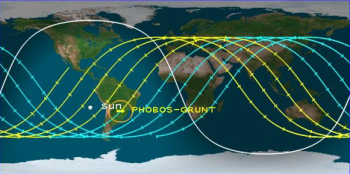NASA awards $42m for new Langley cafeteria and conference center
NASA has awarded a $42 million contract to build a new cafeteria and conference center at its Langley Research Center in Virginia.
They can’t build a rocket to put humans in space, but dammit, those NASA workers are going to have nice place to meet and eat!
NASA has awarded a $42 million contract to build a new cafeteria and conference center at its Langley Research Center in Virginia.
They can’t build a rocket to put humans in space, but dammit, those NASA workers are going to have nice place to meet and eat!




